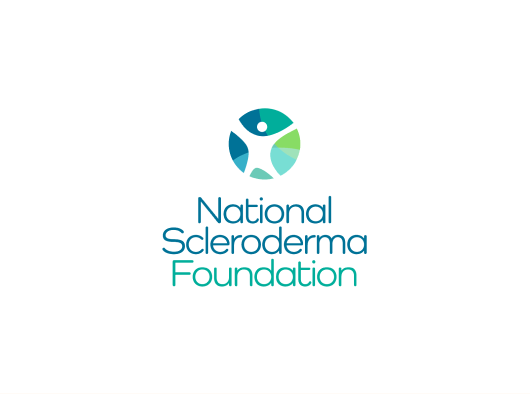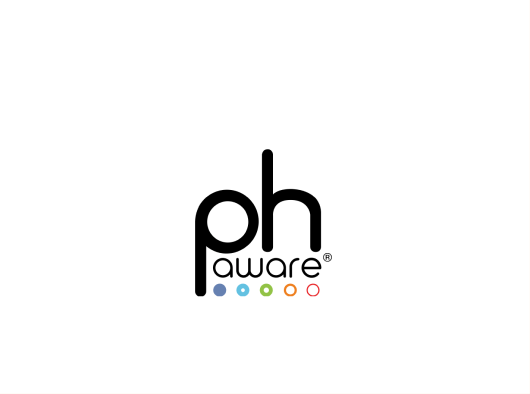STARTING CONVERSATIONS AND FINDING SUPPORT
Navigating life with a pulmonary arterial hypertension (PAH) diagnosis can be challenging. One of the most important steps on your new journey is learning to communicate how you feel—and connecting with resources that can guide you through the process. That way, you can get the support you need.

How to talk to your care team about your PAH
Getting diagnosed with PAH means you’ll have to work closely with a medical team of PAH specialists, doctors and nurses to manage your condition. When you learn how to communicate effectively about how you’re feeling, you can better manage your care.
![]()
Talk about expectations with your doctors and PAH specialists.
Work with them to set goals for your treatment. You can also share your personal goals with your care team so they understand how to support you.
![]()
Be honest about your experience.
Your symptoms and management plan may change over time.
![]()
Don’t be afraid to say, “I don’t understand.”
PAH specialists can help you understand your condition. If there’s something you don’t understand, ask your care team to explain it in a different way.
![]()
You’re the expert on your body.
Write down and share all of your symptoms with your care team, even ones that aren’t commonly associated with PAH, so you can manage issues as they pop up.
![]()
Spend time planning for your appointments.
It can be helpful to write down your questions and discussion topics, so you don’t forget anything and feel more confident during your appointment.
![]()
Bring an appointment buddy.
Bringing someone with you to your appointment can make you feel more comfortable, and they can advocate for you on your behalf.

After my PAH diagnosis, I’d been navigating through a lot and feeling isolated. So, I use social media as a platform to meet other people with PAH and find resources.
– Amy

How to explain PAH
PAH is a rare disease that involves multiple systems in your body. This can make it hard to explain to your friends, family and colleagues. But opening up about your diagnosis can also help you grow your support system.

Keep it simple.
Explain that PAH happens when the arteries in your lungs thicken and narrow. Your heart has to pump harder to push blood through your arteries, putting strain on your heart.

Focus on how you feel.
Let people know how PAH symptoms affect how you feel from day to day. For example, you can explain that PAH makes you short of breath and tired.

Educate about family history.
In a small number of people (about 15%), PAH can have a genetic component. Consider updating your family history.

Explain that it’s chronic.
People who love us want us to be well, so they may ask about cures and remedies. Explain that PAH is a chronic illness that needs to be managed but won’t go away.

I have friends that ask me and say, “Tell me about your PAH.” They’re not being nosy—they’re just curious. So I tell them about me and educate them.
– Steve

How to ask for help
It’s important to have a support system. Here are some tips to make asking for help easier.

Piggyback on people’s schedules.
Asking people to do things that fit in their schedule can make you feel less like you’re inconveniencing them. For example, you can ask a friend to pick up your groceries next time they go to the store.

Grow your circle.
It takes a village when you have PAH. Connect with organizations in your community, mental health care professionals, and PAH support groups to find the care you need.

Give back when you can.
Repay people’s kindness when you can. For example, you can write thoughtful thank-you notes or watch your friends’ houseplants while they’re on vacation.
MAINTAIN A STRONG RELATIONSHIP WITH YOUR TEAM
Remember, you’re not alone on this journey. With the
right support, you can better manage your PAH.
Additional resources and support are available from patient advocacy organizations



